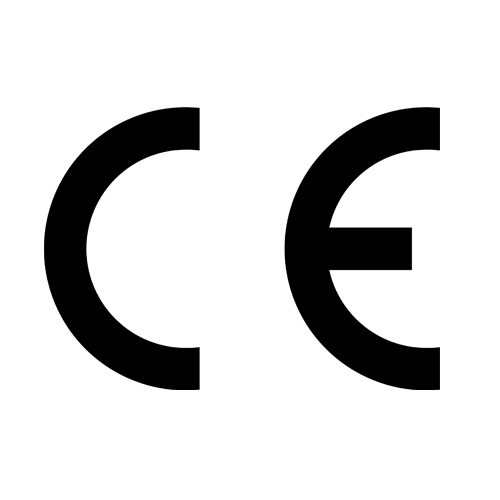The efficiency and efficacy of LED lamps are often mixed. This is certainly due to the fact that there is a direct connection between these two terms. Before further consideration, you should familiarize yourself with the exact definition.
Efficiency
The efficiency of an LED indicates the ratio between the electrical power consumption and the luminous flux emitted in lumen.
Efficacy
The efficacy of an LED is the luminous efficacy. This is expressed in lumens per watt (lm/W).
The efficiency is a ratio between the two quantities mentioned and is therefore given as a percentage value. In order to determine the efficiency of an LED illuminant, the power consumption and the emitted luminous flux must be measured. But what maximum luminous flux would be possible and would mean an efficiency of 100%?
To do this, you have to take a look at the world of physics. According to this, the theoretical maximum for the luminous efficacy is approx. 350 lm/W for cold-white LED’s. An LED lamp with a power consumption of 1 watt and a luminous flux of 350 lumen would have an efficiency of 100%. However, in practice such LED lamps are a dream to come true.
The real efficiency of current LED light sources is about 30% to 40%. Apart from that, an efficiency of 100% would not be possible in practice anyway, as there are numerous components in an LED lamp where losses occur.
What efficiency is possible?
In order to achieve the highest possible efficiency for the LED luminaire or illuminant, efficient light-emitting diodes must be installed. For example, the high-power LED319A from Nichia achieves an astonishing luminous efficacy of 164 lm/W. This gives it an efficiency of just under 47%. This is the current record in series production.
But this is only the efficiency of the light emitting diode. An LED lamp also contains an LED driver and optical components. These also have an efficiency, so that the overall efficiency is lower again. Current LED lamps have an efficiency of about 30% to 40%. The remaining energy used is radiated as heat.











